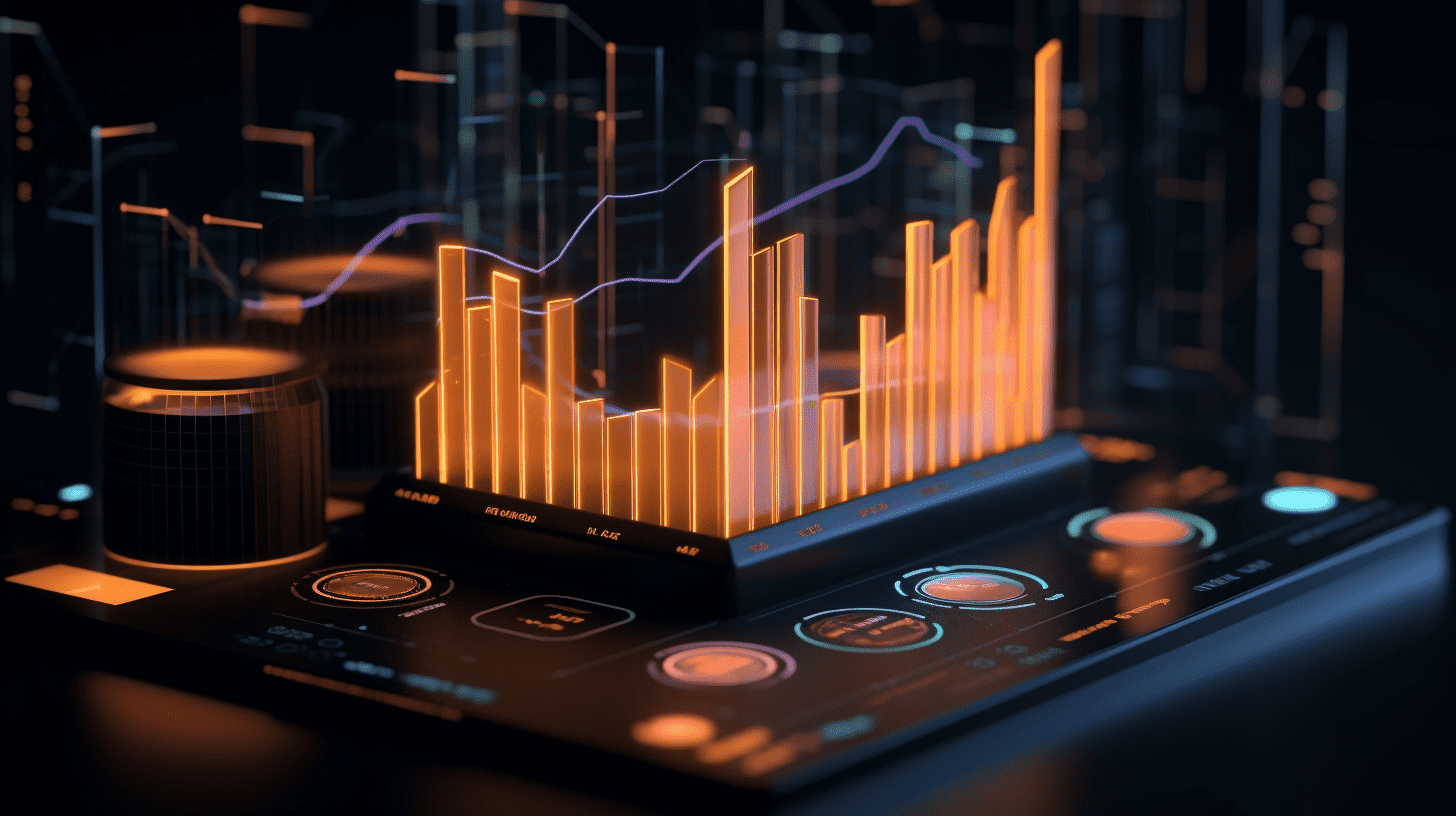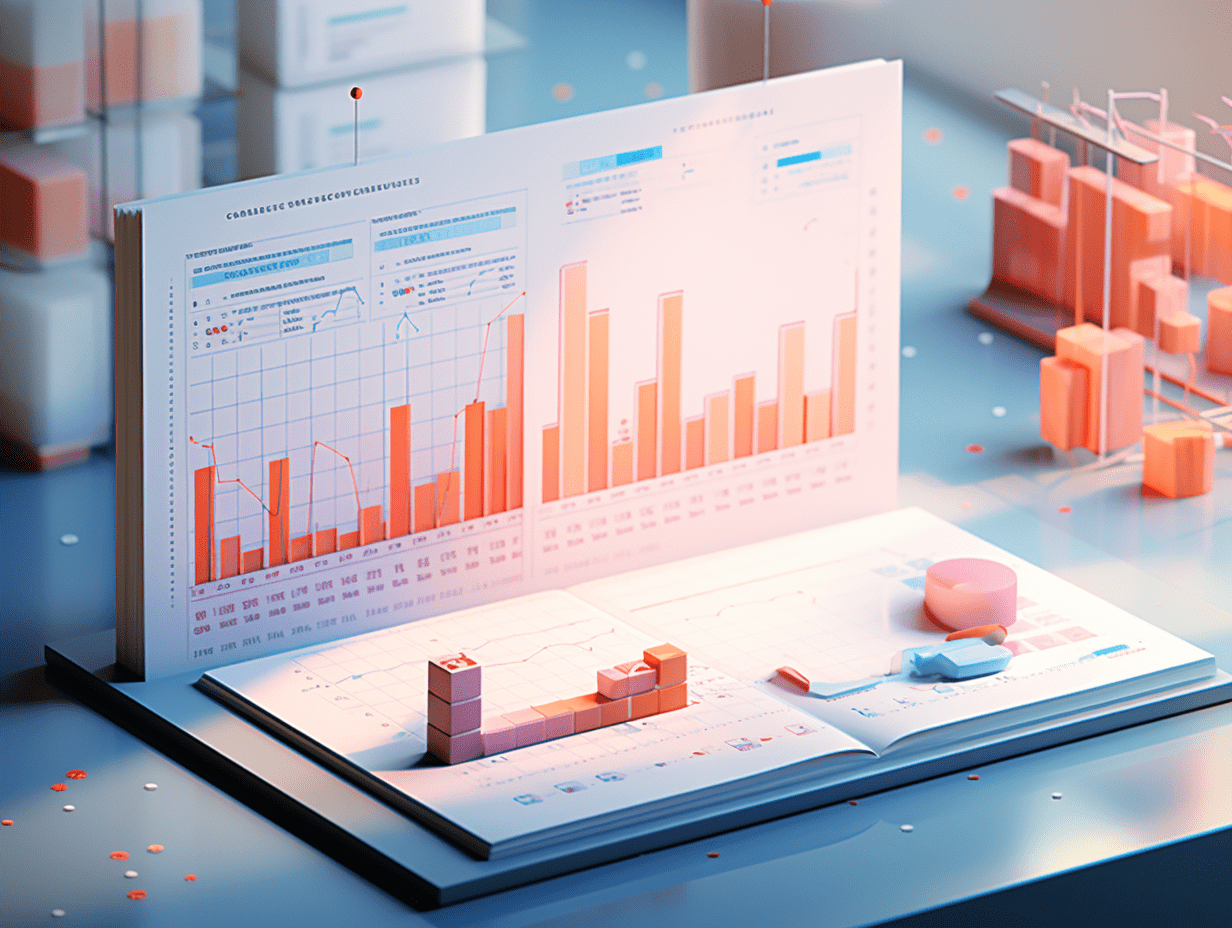
Core CPI in the United States falls to the lowest level in four years! However, under the storm of tariffs, the "inflation monster" is brewing and is poised to come back with a vengeance.
The US core CPI inflation year-on-year and month-on-month both slowed more than expected in March. For the financial markets, the good news is that the unexpectedly cooler inflation data in March provides consumers with a brief respite before the potential significant price increases due to Trump's globally aggressive tariff policies are officially implemented, while also likely easing the trend of stock and bond sell-offs.
Undoubtedly, the bad news for the market is that the latest breakdown data shows that the major drivers of US inflation in recent years - the housing and other service industries, as well as food price inflation, are still very strong. Additionally, combined with Trump's April implementation of at least 10% universal tariffs globally, as well as tariffs of up to 25% on global automotive, steel, and aluminum products - especially steel and aluminum are crucial for various core goods production in the US, the unexpectedly slower CPI data in March may be the last joyful and leisure time before the "inflation beast" returns.
The CPI inflation data released by the US Labor Department on Thursday shows that excluding the volatile food and energy costs, the US core Consumer Price Index (core CPI) in March only increased by 0.1% month-on-month, the smallest increase in nine months; the core CPI rose by 2.8% year-on-year, the lowest year-on-year growth level in four years.
The core CPI is the most closely watched US inflation data by the market, and is of significant reference to market expectations of Fed interest rate cuts. The overall CPI decreased by 0.1% month-on-month for the first time in nearly five years, and increased by 2.4% year-on-year, lower than the market's general expectation of 2.5% growth.
Following the release of the better-than-expected latest CPI data, there was no significant increase or decrease in the interest rate futures market's bets on Fed rate cuts. Most traders still bet on the Fed cutting interest rates three times this year, by 25 basis points each time. This highlights that the focus of interest rate futures and bond market traders has fully shifted towards the inflation data in April and beyond, worrying that tariff policies might bring back rampant inflation across the US.
The favorable news is that inflation cooled more than expected in March
Inflation breakdown data shows that energy costs, used car and airfare prices sharply declined, and the slowdown in clothing price growth collectively drove down the overall CPI. After the data was released, bond yields fell, S&P 500 index futures maintained a downtrend, and the US dollar continued to depreciate during the day, indicating that the March cooling of CPI did not alleviate market concerns about the possibility of the US economy entering a "stagflation" situation.
Although these data bring temporary relief to consumers who have long endured high price pressures, the wide-ranging tariffs implemented by the US government led by Trump returning to the White House may make the benefits short-lived.
Although Trump announced on Wednesday local time that the process of imposing so-called "equal tariffs" on most countries will be temporarily postponed for 90 days (announced less than 24 hours before it takes effect), most imported goods still face at least a 10% tariff. The US has already levied a 25% tariff on imported steel and aluminum last month, and has begun to impose a 25% tariff on global cars this month, while import tariffs from China have increased significantly to 125% due to Beijing's retaliatory measures this week.
Although US President Trump announced a 90-day "equal tariff delay" concession for most countries, he will still impose a 10% tariff on these countries during this period.
For the CPI in April and beyond, the upward expectations can be seen to continue to surge significantly. The partially rising import costs will eventually be passed on to American consumers, as companies such as Target and major automakers have warned that prices are expected to rise for American consumers. This uncertainty has kept Fed officials waiting, waiting for further clarification on the impact of tariffs on inflation and the overall US economy.
Even though some tariffs have been implemented in March, prices of categories highly dependent on China, such as toys, appliances, and tools, have still fallen. The CPI report shows that core goods prices in March fell by 0.1% month-on-month, the first decline since August of last year.
However, as the market focuses on the impact of tariffs on commodity prices, the key driver of inflation in recent years - housing costs (the largest sub-item of the service industry) - has shown moderate increases, showing full inflation stickiness. Combined with the extremely negative impact of tariff expectations, the market's expectation of inflation in the US is logically warming up significantly.
In terms of the sticky service sector inflation, hotel accommodation prices in March in the US experienced the largest decline in over three years, while owner's equivalent rent (an important subcategory of housing) unexpectedly accelerated to 0.4%.
In other service industry indicators, motor vehicle and household insurance, as well as car rental costs, all declined last month. Bloomberg calculations show that excluding housing and energy, core service prices recorded the largest decrease in nearly five years. Although the Fed emphasizes the importance of this indicator in judging the trajectory of inflation, its calculation is based on another set of index systems.
Furthermore, in March, food and grocery costs in the US unexpectedly increased by 0.5% month-on-month, recording the largest increase since October 2022.
Another inflation indicator called the Personal Consumption Expenditure Price Index (PCE), which does not weight housing as heavily as CPI, explains why PCE data, especially the core PCE that excludes energy and food costs, is closer to the Fed's 2% inflation target. The Producer Price Index (PPI) report to be released this Friday will provide some important detailed category clues that directly affect the core PCE data in March. Core PCE is also the most favored inflation measure by Fed Chairman Powell and other Fed officials for a long time.
CPI breakdown data shows that food prices, a significant component in the core PCE inflation basket, unexpectedly rose by 0.4% for two consecutive months, which may drive core PCEHigher than expected. Another report on Thursday showed that the number of initial jobless claims rose to 223,000 last week, still hovering near historic lows.The bad news is that the cooling trend of inflation may temporarily come to an end! Wall Street and the Federal Reserve are betting in tacit agreement: inflation is about to heat up.
David Kelli, Chief Global Strategist of the asset management department at JPMorgan Chase, stated after the announcement of inflation, "This (March inflation cooling) is the calm before the inflation storm. Tariffs will cause a slight increase in inflation, and I believe the actual situation of the US economy will further deteriorate this year."
It is reported that Goldman Sachs, a major Wall Street bank, recently raised its core PCE inflation index until the end of 2025 by 0.5 percentage points to 3.5%, and expects a high probability of it rising to 4%, emphasizing that even by 2026, core PCE would be unlikely to return to the Federal Reserve's targeted 2%. In February of this year, the core PCE index increased by 2.8% year-on-year.
In addition, Goldman Sachs' latest forecast shows that the US economic growth rate in 2025 is only 0.5%, with a high probability of falling into a recession in the next 12 months. Since President Trump announced the first round of tariffs on April 2nd, economists from other Wall Street banks have significantly lowered their growth expectations for the US economy and sharply raised their core PCE inflation expectations. Citigroup expects US GDP to grow by only 0.1% in 2025, mainly due to the resurgence of inflation leading to a sharp decline in consumer spending.
Goldman Sachs predicts that the Federal Reserve may cut interest rates three times this year, but another major Wall Street bank, Morgan Stanley, is more hawkish - predicting that the Federal Reserve will not cut interest rates this year. Morgan Stanley warned that the market has not yet priced in the impending recession. Although a US recession causing a global economic slowdown is not the baseline scenario, it is becoming an increasingly realistic pessimistic scenario. Therefore, Morgan Stanley's team of economists currently expects the resurgence of inflation due to Trump's tariff policy to keep the Federal Reserve in a wait-and-see mode, with no rate cuts to be expected in 2025.
Morgan Stanley economists emphasize that if announced tariffs persist, the downside risks to growth will significantly increase, while the upside risks to inflation will also intensify, and they expect the inflationary pressures from trade and migration policies to counteract the stimulative effects on economic growth unlikely to be offset by US fiscal policy measures and regulatory relaxation.
Currently, several Federal Reserve officials have sent clear signals through public comments and interviews that they have ruled out using "preemptive rate cuts" as insurance policies against a slowdown in the US economy. In order to minimize the inflationary risks brought about by tariff policies, they may be ready to maintain policy rates unchanged for the long term.
On Wednesday, Alberto Musalem, President of the St. Louis Fed, who has voting rights on the Federal Open Market Committee (FOMC) of the Federal Reserve, stated that as businesses and households have to accept price increases due to new tariffs, US economic growth may be "significantly" below trend levels, and the unemployment rate is expected to rise in the next year. He also stated that higher-than-expected tariff policies will bring significant upward pressure on prices; meanwhile, declining business/consumer confidence and a significant stock market downturn hitting household wealth will suppress spending, and all these factors combined are expected to slow down US economic growth.
Neel Kashkari, President of the Minneapolis Fed, wrote in an article released on Wednesday morning local time, "Given the importance of keeping long-term inflation expectations stable, and the possibility of tariffs boosting recent inflation, the bar for rate cuts is higher even in the case of a weak economy and the possibility of rising unemployment. The obstacles to somehow changing the federal funds rate due to tariffs have increased."
Jeremy Schwartz, an economist at Nomura Securities, said the Federal Reserve may have to take more aggressive action only in the case of mass layoffs, a significant increase in initial jobless claims, and a sharp increase in the unemployment rate. He expects a rate cut in December this year. He said, "Inflation is not only too high, but has been higher than the target for many years, and it will not be conducive to the target. A rate cut in this scenario would indeed jeopardize the Fed's credibility in bringing inflation back to the target level."
RECOMMEND
©️2013 - 2025 GMT EIGHT Holdings. All Rights Reserved.
Contact: [email protected]


